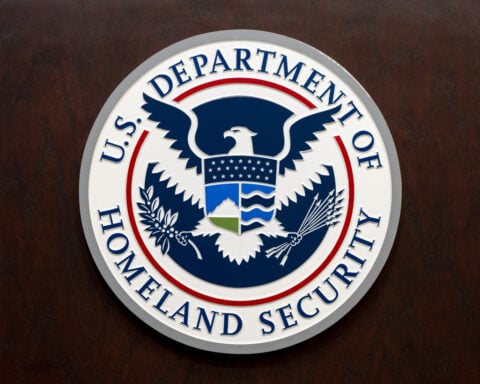As the opioid crisis continues to grip America, affecting communities from every socioeconomic stratum, one demographic, in particular, seems conspicuously absent from many public discussions: Latino immigrants. Recent revelations from Los Angeles County starkly spotlight their tragic entanglement in this nationwide epidemic.
Los Angeles County public health data paints a somber picture of the challenges facing the Latino community. Over the past seven years, fentanyl-related deaths among Latinos have surged by a staggering 721%, climbing from a mere 25 in 2016 to almost 550 by 2021. Yet, these figures, as alarming as they are, might just be the tip of the iceberg. The absence of origin information in many overdose reports conceals the full scope of this crisis among Latino immigrants.
To counteract this challenge, the Los Angeles County Department of Public Health is joining forces with local consulates. At the heart of this effort lies community health professionals like Martha Hernandez. She is on the front lines, educating her community about the impact of opioids and the potential lifesaving properties of Narcan, a nasal spray designed to reverse opioid overdoses. Hernandez's strategy relies on tailoring her message to each audience individually to ensure maximum impact.
Narcan, AKA naloxone, has been a critical tool in the fight against opioid overdoses in the U.S. Yet, in Mexico and many Latin American nations, its accessibility is severely restricted, placing Latino immigrants at heightened risk. This situation is compounded by a widespread lack of knowledge about the antidote. Through consulate distributions, Hernandez seeks to bridge this informational and supply gap.
For many Latino immigrants, the barriers to information aren't just logistical but linguistic and cultural. It's not uncommon for individuals, particularly those hailing from Mexico, to come from regions where obtaining pharmaceuticals, including opioids, doesn't necessitate a prescription. Hernandez counters such entrenched beliefs and practices by sharing personal stories and elucidating the risks tied to fentanyl-laced substances. Her hope is that an informed community will counteract myths and generate a palpable sense of urgency.
Using consulates as knowledge hubs, Hernandez reaches out to her target audience, offering immediate Narcan training sessions. The intent is clear: arm individuals with the skills to intervene effectively during an overdose.
Beyond U.S. borders, especially in Mexican border towns, the specter of overdoses looms large. The rising demand for Narcan underscores the pressing need for awareness campaigns like Hernandez's and for forging partnerships between health departments and consulates.
Hernandez's endeavors stretch further than mere Narcan dissemination. She empowers community members with the knowledge to proactively address opioid overdose scenarios. Even a brief training session, sometimes just ten minutes, can be the difference between life and death. https://www.lapost.com/census-reveals-striking-85-surge-in-native-american-population/
As the opioid storm rages on, it's important to recognize and respond to the unique adversities faced by Latino immigrants. There's hope in initiatives that distribute essential resources like Narcan and that prioritize bridging the information divide, navigating cultural nuances, and empowering the community. Yet, for lasting change, sustained support and resources are vital to protect this vulnerable group.
While the opioid crisis has affected people of various backgrounds, Latino immigrants have been hit particularly hard. There is still time to change the tide with the help of the correct tactics and resources. The Los Angeles County Department of Public Health's partnership with consulates is encouraging because it highlights the value of community engagement, information sharing, and capacity building.

 Trump has begun another trade war. Here's a timeline of how we got here
Trump has begun another trade war. Here's a timeline of how we got here
 Canada's leader laments lost friendship with US in town that sheltered stranded Americans after 9/11
Canada's leader laments lost friendship with US in town that sheltered stranded Americans after 9/11
 Chinese EV giant BYD's fourth-quarter profit leaps 73%
Chinese EV giant BYD's fourth-quarter profit leaps 73%
 You're an American in another land? Prepare to talk about the why and how of Trump 2.0
You're an American in another land? Prepare to talk about the why and how of Trump 2.0
 Chalk talk: Star power, top teams and No. 5 seeds headline the women's March Madness Sweet 16
Chalk talk: Star power, top teams and No. 5 seeds headline the women's March Madness Sweet 16
 Purdue returns to Sweet 16 with 76-62 win over McNeese in March Madness
Purdue returns to Sweet 16 with 76-62 win over McNeese in March Madness








